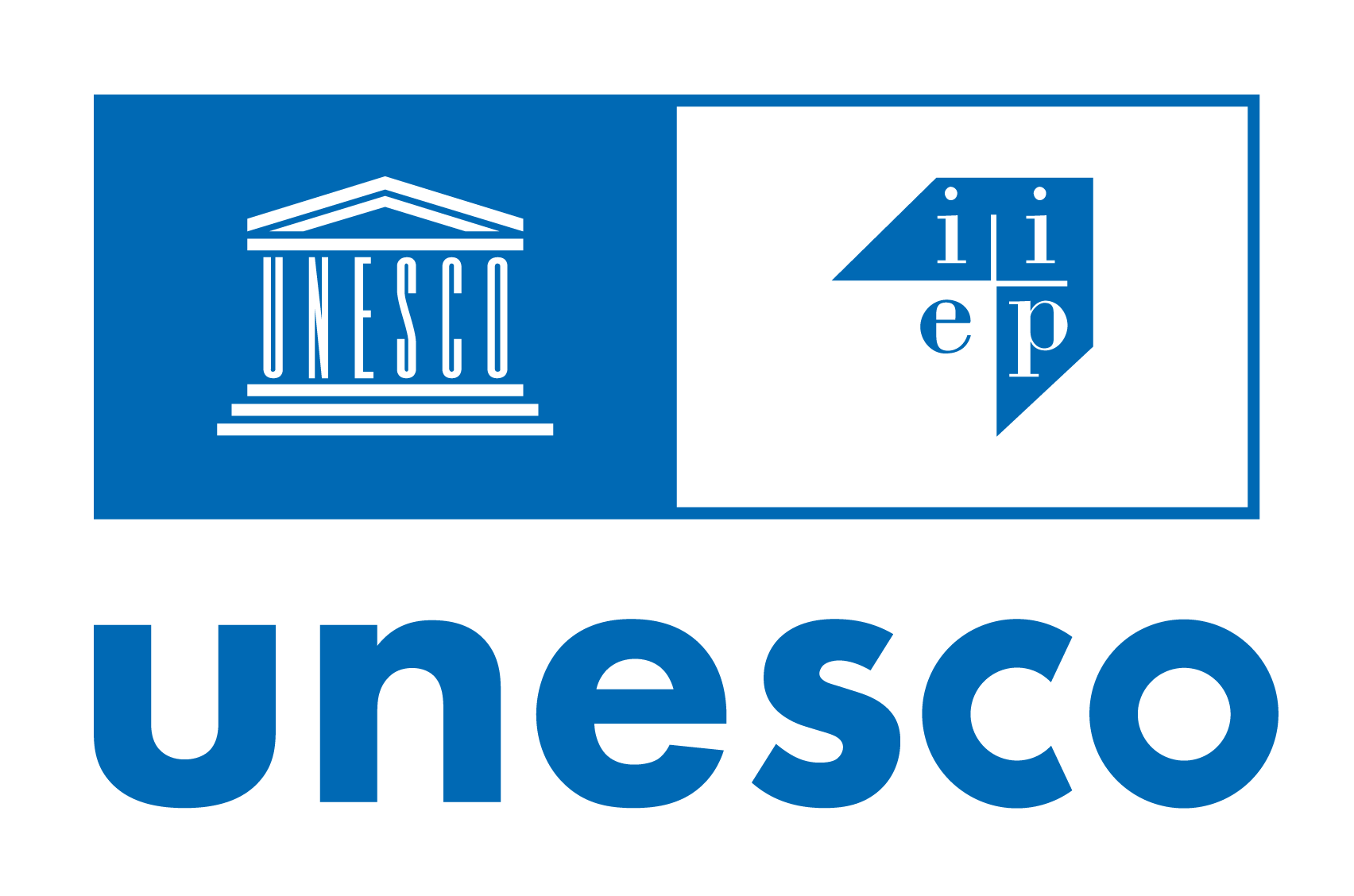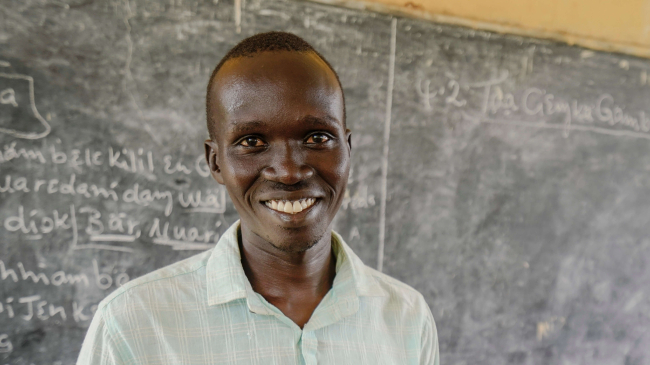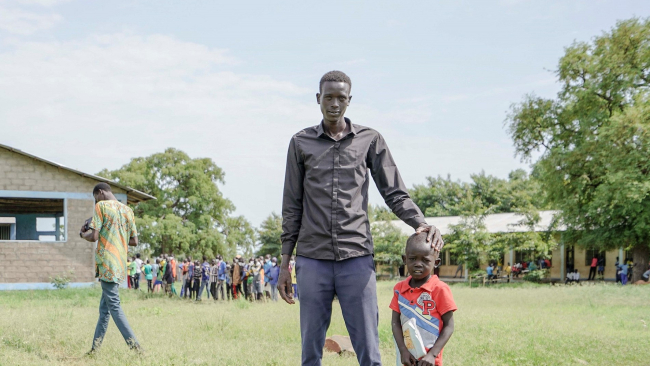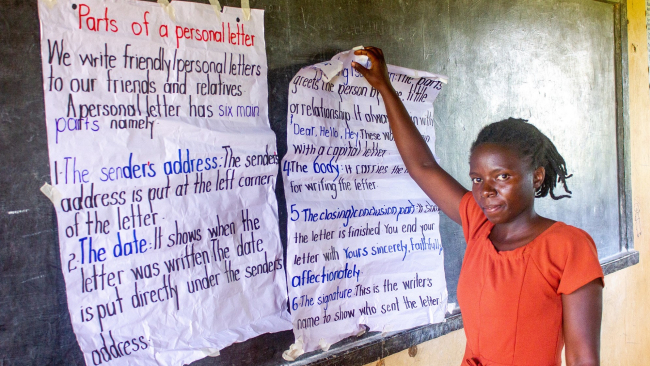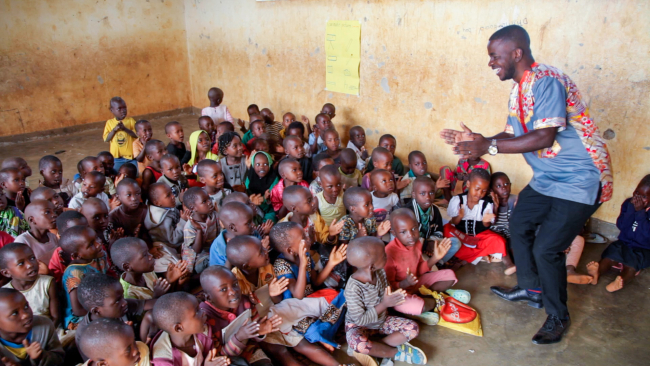Both quantitative and qualitative data collection methods were applied in gathering data for this study and rigorous review process were followed including national stakeholder consultation in order to develop the data collection instruments. This study thus contributed in producing disaster-education data and information covering twelve different disaster affected areas such as central coast (Char Fasson, Bhola), south-eastern coast (Maheshkhali and Pekua, Coxs Bazar), river adjoining areas (Chauhali, Sirajgonj), river island areas (Char Rajibpur, Kurigram), areas close to rivers (Madarganj and Melandaha, Jamalpur), deep floodplain areas (Keshabpur, Jessore), southwestern coastal regions (Shyamnagar, Satkhira), Haor regions (Mithamain and Itna, Kishoregonj) and Barind Tract (Nachole, Nawabgonj). These regions experience hazards like cyclone, floods, river and sea erosion, flash floods, heavy rainfalls associated with strong floods and landslides, Tsunami, high temperature with burning terrain, waterlogging, unusual/abnormal high tides, salinity intrusion, drought conditions, cold bites, earthquake, fire hazards etc. Key results of the study are given in the following sections.
Year
2015
Pages
154
Countries
Resource Types
Languages
